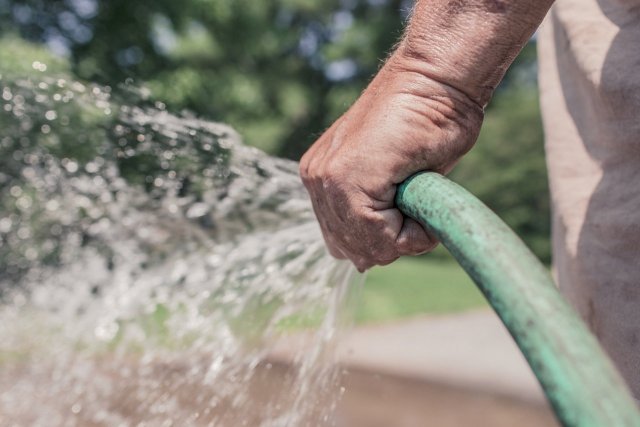
Information courtesy of the U.S. Environmental Protection Agency
Use regionally appropriate, low water-using and native plants.
Once established, these plants require little water beyond normal rainfall. Also, because native plants are adapted to local soils and climatic conditions, they rarely require the addition of fertilizer and are more resistant to pests and diseases than are other species. Be careful when selecting exotic species, as some may be invasive, which may require more water and could displace native plants.
Group plants according to their water needs.
Grouping vegetation with similar watering needs into specific “hydrozones” reduces water use and protects the plants from both underwatering and overwatering by allowing you to water to each zone’s specific needs. For example, turf areas and shrub areas should always be separated into different hydrozones because of their differing water needs.
Recognize site conditions and plant appropriately.
Areas of the same site may vary significantly in soil type or exposure to sun and wind, as well as evaporation rates and moisture levels. Be mindful of a site’s exposure to the elements and choose plants that will thrive in the site’s conditions.
Place turfgrass strategically.
Turfgrass receives the highest percentage of irrigation water in traditional landscaping. The most common used varieties of turfgrass require more water than many landscape plants, such as groundcovers, shrubs, and trees. In addition, homeowners tend to overwater turfgrass. As a result, landscapes with large expanses of turfgrass generally use more water than those with a mixture of other plants. To reduce outdoor water use, plant turfgrass only where it has a practical function, such as a play area. Choose turfgrass types that don’t use a lot of water, such as low water-using or native grasses and those that can withstand drought.
Minimize steep slopes.
Slopes can be challenging because of the potential for erosion and runoff. If slopes cannot be avoided in your landscape design, install plantings with deeper root zones such as native ground covers and shrubs to provide stabilization and prevent erosion.
